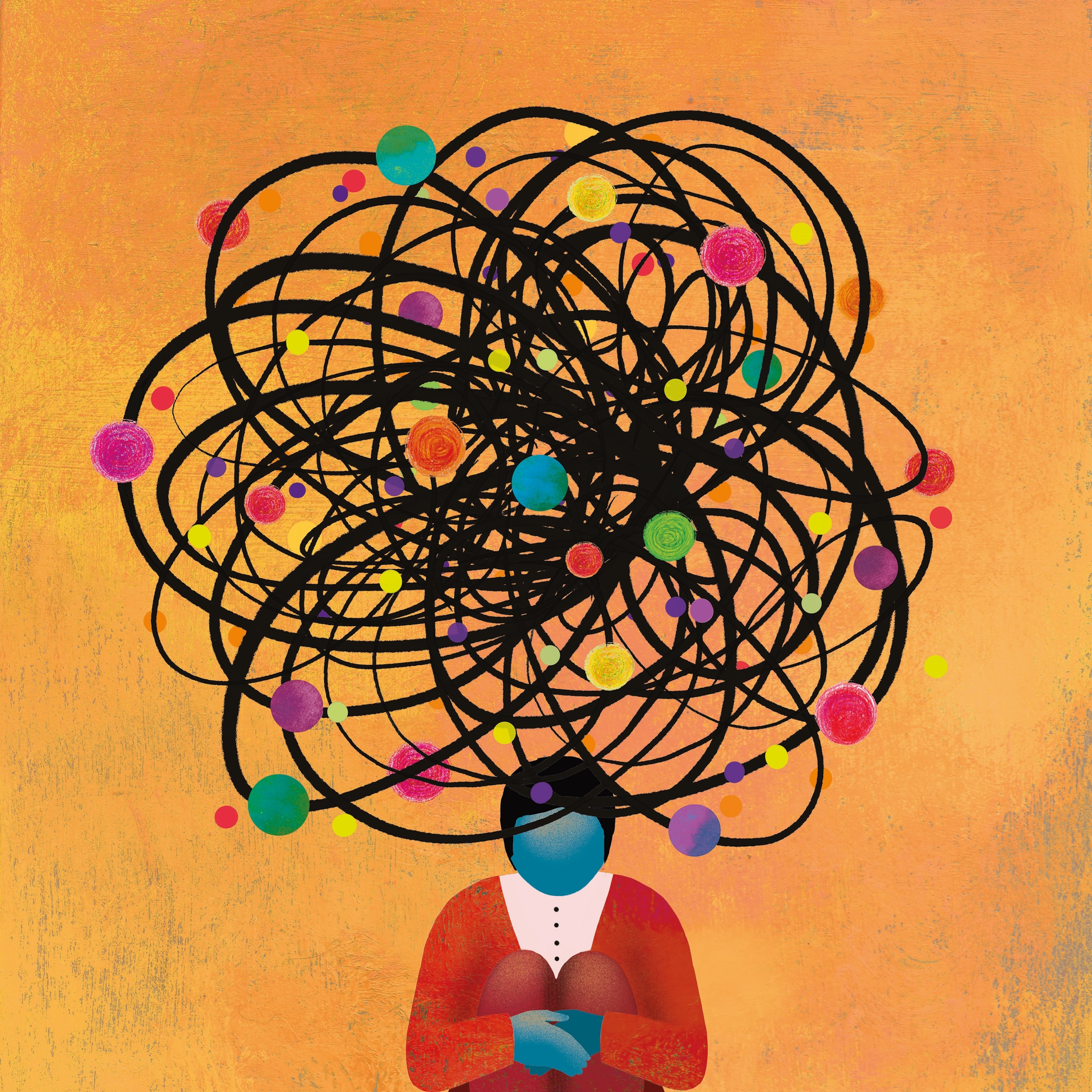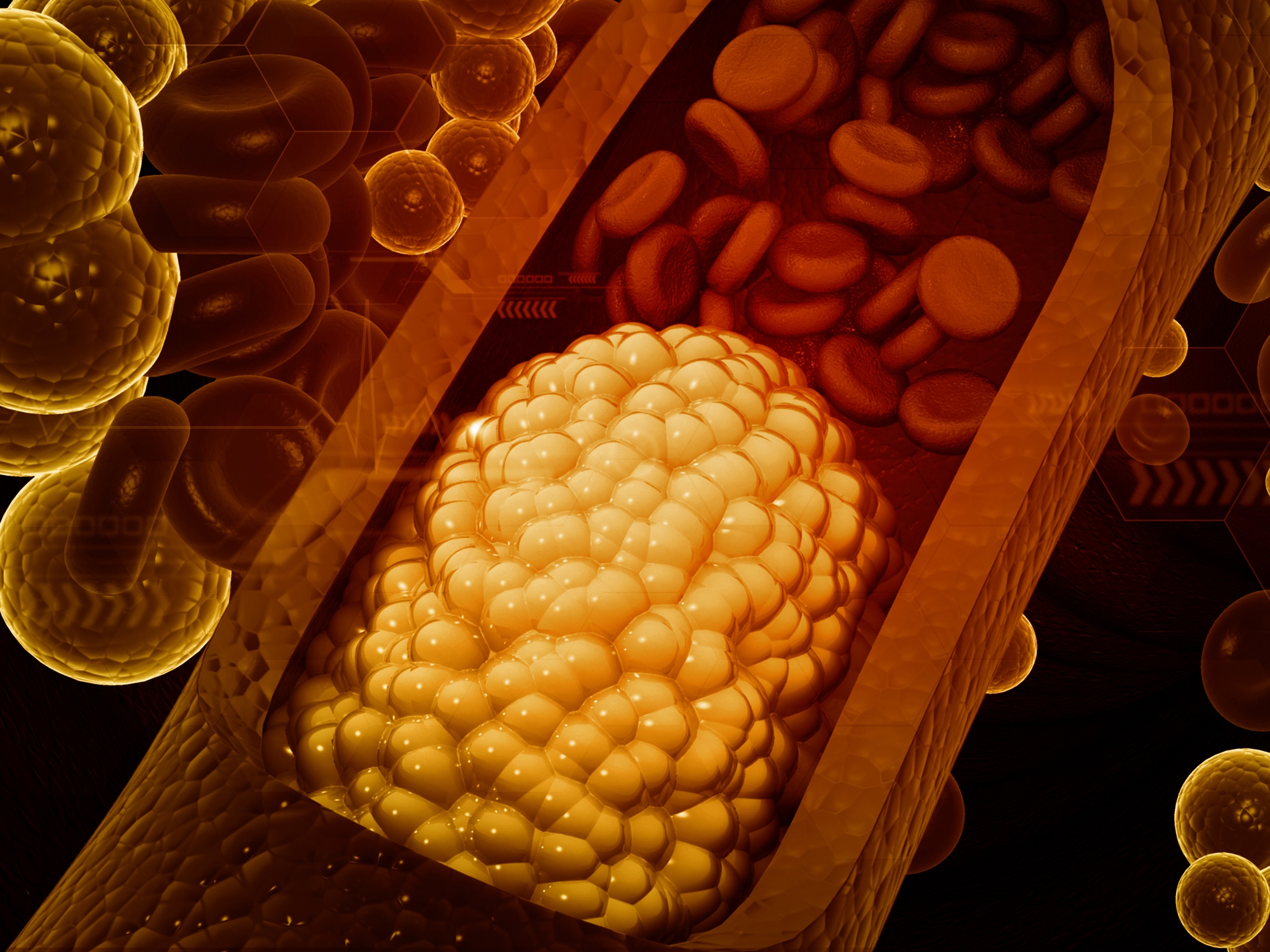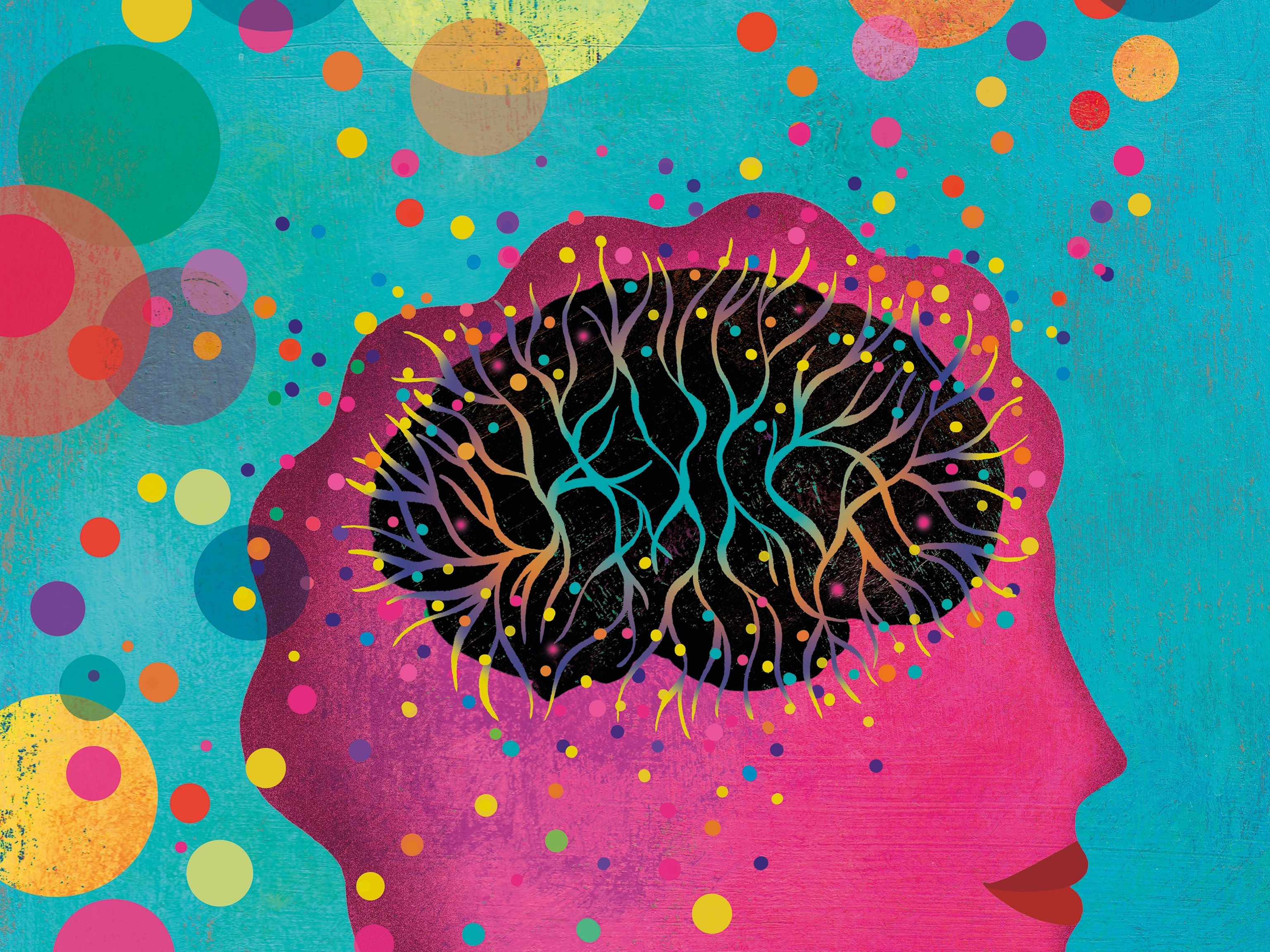
Why some coronavirus variants are more contagious—and how we can stop them
A cluster of viral mutations seems to be speeding the spread of COVID-19—and scientists are racing to understand how they work.
After a year of isolation, canceled events, and virtual meetings, pandemic fatigue is setting in. But even as more people let their guard down and allow safety measures to slip, a crop of fast-spreading variants of SARS-CoV-2 is moving through populations around the world. The rapid rise of a trio of mutated viruses hints at an increase in transmissibility, speeding the virus' leaps from one host to the next.
Scientists are now racing to decipher exactly how the jumble of mutations in each variant influences viral spread. This research is vital to understanding the risks from current lineages and predicting how future variants could alter the course of the pandemic.
"We have uncontrolled viral spread in much of the world," says Adam Lauring, an infectious disease physician and virologist at the University of Michigan. "So the virus has a lot of opportunity to evolve."
More cases mean more deaths and more people who suffer lasting impacts from bouts with COVID-19—but not all the news is gloom and doom. For one, the latest analyses of vaccines suggest that they remain effective against the new variants. And until people are vaccinated, the same measures already known to prevent infection—such as masking, distancing, hand washing, ventilation, and spending time outdoors—become even more important to stem the viral tide.
“The variants may be more transmissible, but physics has not changed,” says Müge Çevik, an infectious disease physician at the University of St. Andrews in Scotland.
Genetic patchwork
A virus replicates by hijacking its host’s cellular machinery to make copies of itself. But like a person making mistakes when they type out the same sentence over and over, the genetic copies accumulate small errors, or mutations. Many changes don’t affect the virus' function, and some even harm SARS-CoV-2's ability to multiply, but they keep happening. “Viruses mutate; that’s what they do,” says Akiko Iwasaki, an immunologist at Yale School of Medicine in Connecticut.
Sometimes neutral mutations are passed on by chance and can become common in a population. But changes that are beneficial to the virus can also drive its spread, leading to a variant that outcompetes other local varieties and may send cases surging.
The variants may be more transmissible, but physics has not changed.Müge Çevik, University of St. Andrews
That seems to be what happened in the U.K., Brazil, and South Africa. In the United Kingdom, variant B.1.1.7 likely drove the region's record-setting spike of COVID-19 cases in January. The variant is now circulating in more than 60 countries, including the United States—and projections suggest it will become the most common virus variety in the U.S. by mid-March.
An independently arising lineage called P.1 might also be driving a wave of cases in Manaus, Brazil, where it accounted for nearly half of new COVID-19 infections in December. On January 26, Minnesotan officials reported the first U.S. case of P.1 in a resident who previously traveled to Brazil. And a third lineage raising alarms, known as B.1.351, was first spotted amid a December wave of infections in South Africa. On January 28, the first known U.S. cases of the variant were reported in South Carolina.
But exactly how the mutations gave the variants a leg up remains uncertain. One specific mutation, known as N501Y, popped up independently in all three variants, suggesting it could provide an advantage to the virus. “That’s a sign that there is natural selection going on,” Lauring says.
The N501Y mutation affects the virus’ spike protein, which is the key it uses to unlock entry into its host’s cells. Laboratory experiments suggest that this mutation improves the spike protein’s ability to bind to the cells, hinting that it could increase the variants’ ability to infect hosts.
Another possibility is that new variants cause people who are infected to harbor more copies of the virus. This results in greater viral “shedding” in airborne droplets spewed when people talk, sing, cough, and breath. But different studies have produced conflicting results, and the largest study on the topic suggests the new variants are unlikely to increase viral load, Çevik says. The discrepancy may come from the timing of the studies, she adds, since past research suggests viral loads increase as infections in the community rise.
Mutations can also help viruses such as SARS-CoV-2 spread in many other ways. Some could make sick people contagious for longer periods of time, for example. Other changes could help viruses survive for longer outside of the body, or even increase their ability to replicate. And to complicate matters, the individual tweaks to the virus’s genome might function differently on their own than they do as a patchwork of mutations.
Modeling viral movement
Scientists are also puzzling through another crucial question: Exactly how much more contagious are the new coronavirus variants? As evidence for B.1.1.7’s movement through the population grows, one recent model suggests it’s 56 percent more transmissible than past forms of the virus—but these are challenging numbers to pin down.
Without routine screening, many SARS-CoV-2 infections still slip under the radar, says Ellie Murray, assistant professor of epidemiology at Boston University School of Public Health in Massachusetts. This makes it tough to get an accurate picture of what’s going on. Our own human complexities also present a challenge, such as the differences in susceptibility between people.
“Overall, when you're talking about complicated, messy human beings living their normal lives—or at least their COVID normal lives—it’s really hard to put an exact number to increased transmissibility, especially when you’re looking at this in real time,” says Angela Rasmussen, a virologist at the Georgetown Center for Global Health Science and Security in Washington, D.C.
Scientists are less certain about the increased transmissibility of the variants first spotted in Brazil and South Africa. As the P.1 lineage raced through Manaus, more than 70 percent of the local population had already been infected with previous versions of the virus, which was theoretically high enough to achieve herd immunity. But then cases surged, raising concerns that the variant could bypass the immune defenses of people who’d been previously infected.
Similar concerns have been raised regarding the variant initially found in South Africa, which shares some mutations with P.1. One modeling effort suggests that the spread of 501Y.V2 could be explained by an increase in transmissibility of around 50 percent. But it could alternatively be the result of 501Y.V2 evading immunity in 21 percent of previously infected people—and it's possible both mechanisms work in tandem.
“It’s really hard to know which is which,” says Penny Moore, a virologist at the National Institute for Communicable Diseases and the University of the Witwatersrand in South Africa.
Moore and her colleagues used “pseudoviruses” that infect cells using the same proteins as SARS-CoV-2, but are not capable of replication, to study the possibility of the virus dodging our immune systems. Her results suggest that mutations in 501Y.V2 could diminish the effectiveness of antibodies in the blood of people previously infected with the virus. But understanding whether that could lead to more re-infections, or if it could affect vaccine efficacy, will require further study, she says.
"What we don’t know yet—nobody knows this—is how much antibody is enough to be able to protect people from infection," Moore says. "What we need are the clinical trials in humans to truly answer whether this reduces vaccine efficacy."
Double down on combating spread
The rise of the variants emphasizes the need for greater precautions against the virus, particularly as vaccine rollout remains sluggish. Testing, masks, and social distancing will all help stem the viral spread. And as people grow weary of isolation, Çevik stresses that these measures need to be employed in smart ways, allowing activity where risk is low, such as outdoors.
In enclosed spaces—including the small hutches now commonly used for outdoor dining, Murray says—the virus has a greater chance of building in the air and infecting people with COVID-19. Contact tracing has shown that the risk of viral transmission indoors is 20 times greater than outdoors. While some risk is still present outside, it's extremely low for brief contact between people, Çevik says.
"We need to look at risk in a spectrum," she says, and think more about when we let our guard down. “I think people are worrying about outdoor strangers, but they forget everything when they have dinner with their friends.”
Many researchers are also pushing for better face masks. While they're not a panacea, and should still be combined with other measures like social distancing, masks can help staunch viral spread when people must enter high-risk areas. Abraar Karan, an internal medicine physician at the Brigham and Women's Hospital of Harvard Medical School in Massachusetts, has been advocating to dramatically scale up production of high-filtration masks for the general public. "We’re at war with this virus,” he says. ”It’s not a joke."
Experts also stress that government support is key in efforts to halt transmission. People need the resources to safely isolate—places to quarantine and the financial support to stay home from work if ill. And speeding up vaccinations is vital, since that will stem the virus’s opportunities to replicate and evolve. “The quicker we can get people vaccinated, the less likelihood of more of these variants coming out,” Iwasaki says.
Some help may be on the way in the U.S. as President Joe Biden works to enact his administration's $1.9 trillion plan to combat the pandemic. Even so, people will need to work together to stay vigilant and slow the virus’s spread.
“This is not forever; this is not necessarily even the next six months,” Rasmussen says. But “right now, the immediate future is not the time to relax.”








